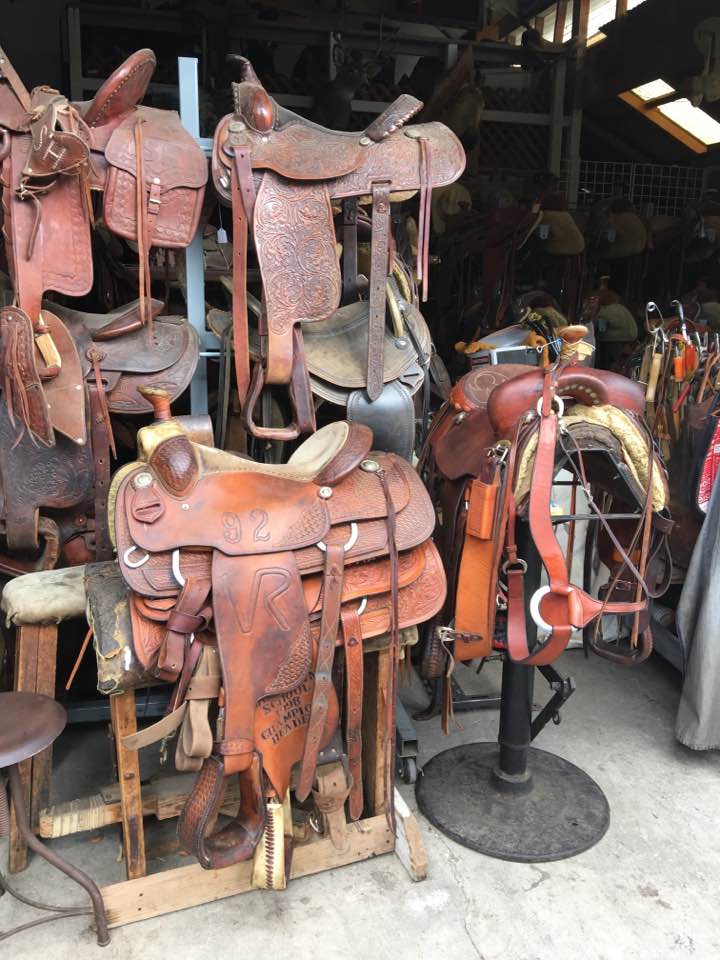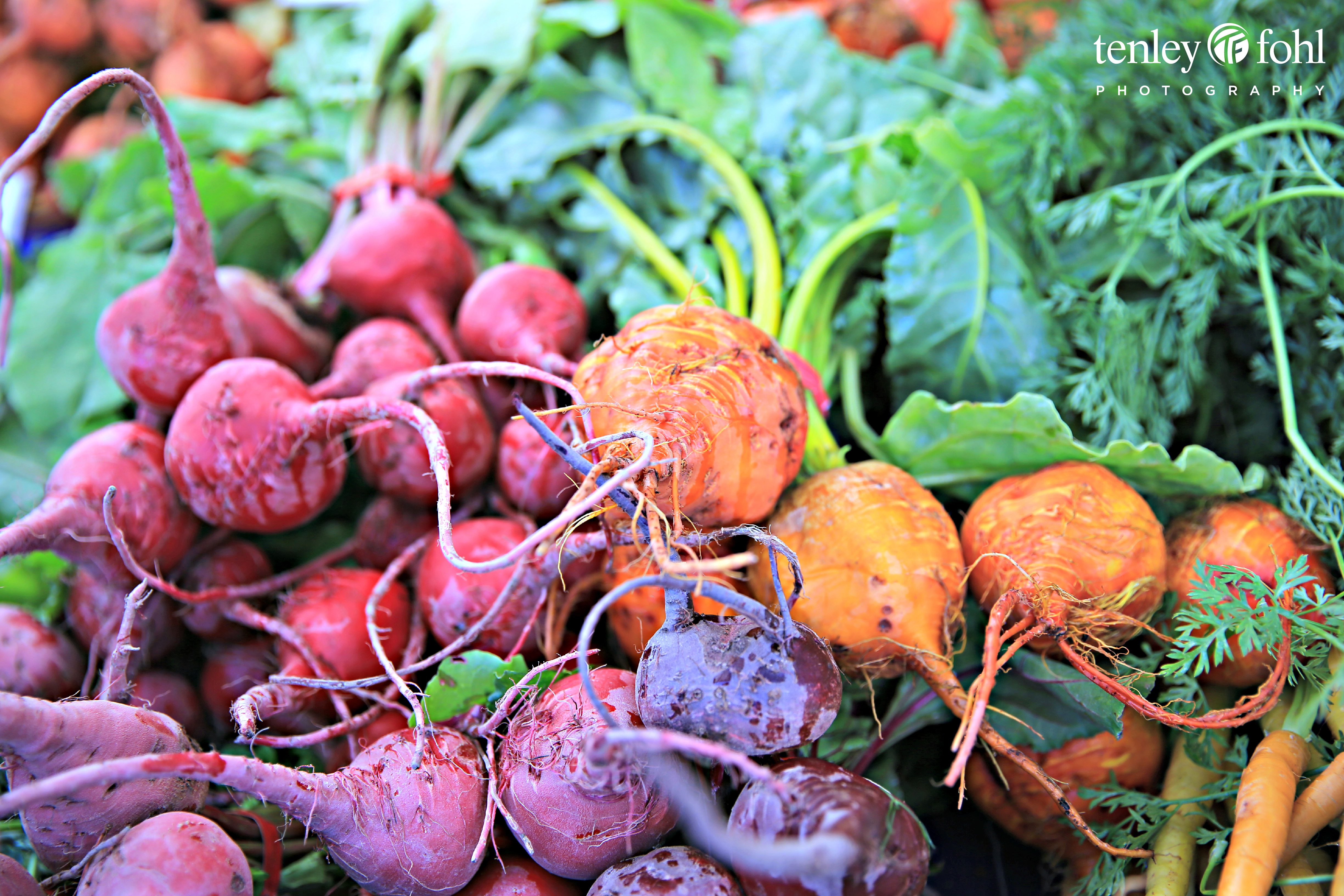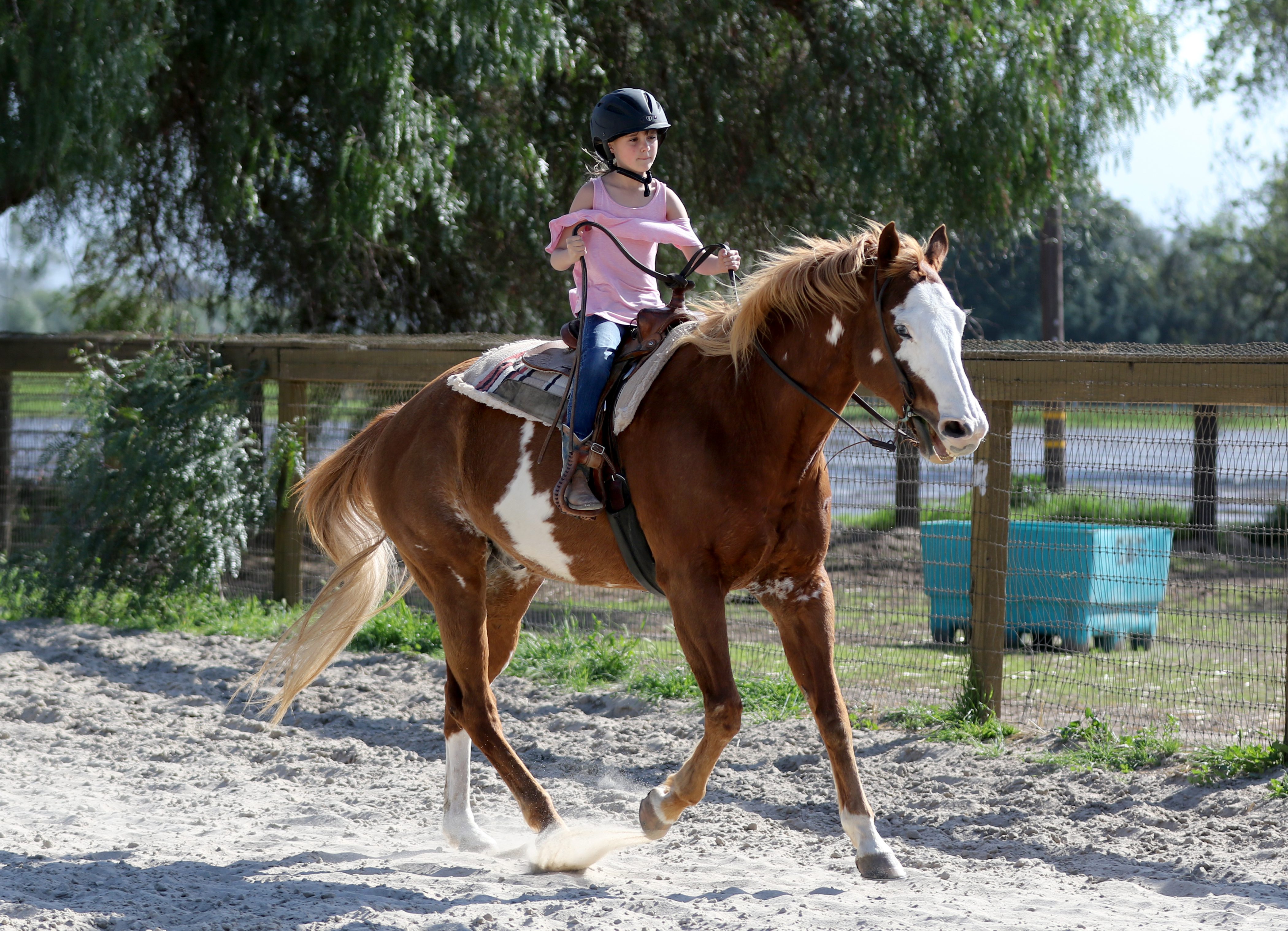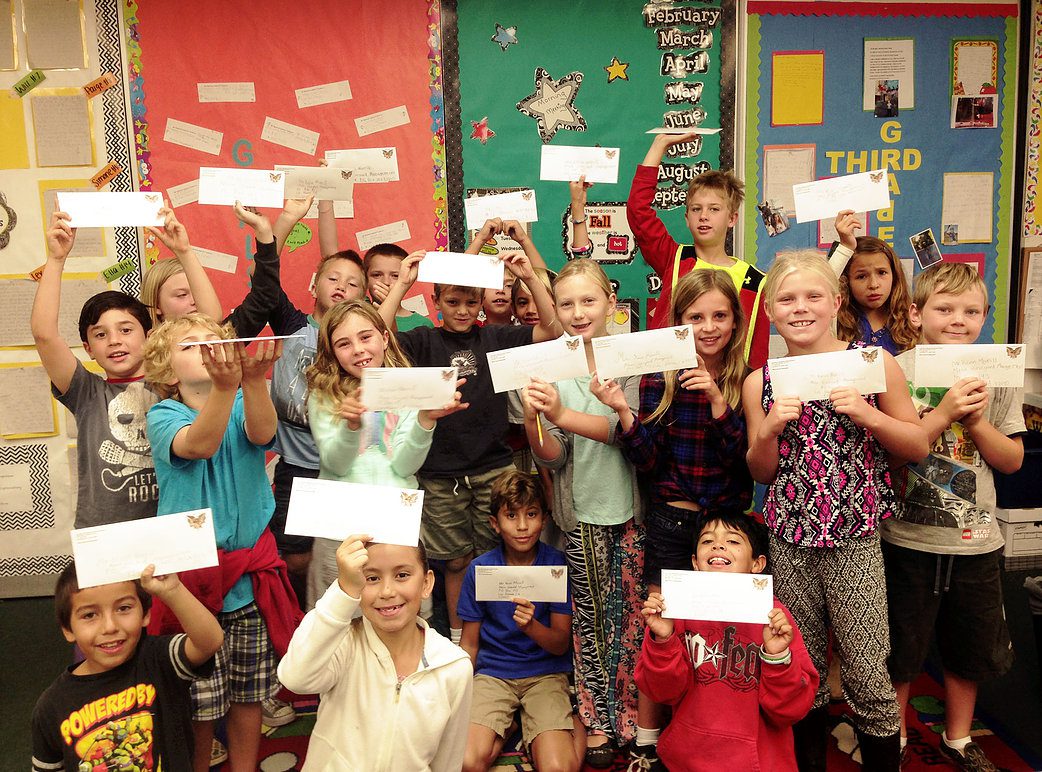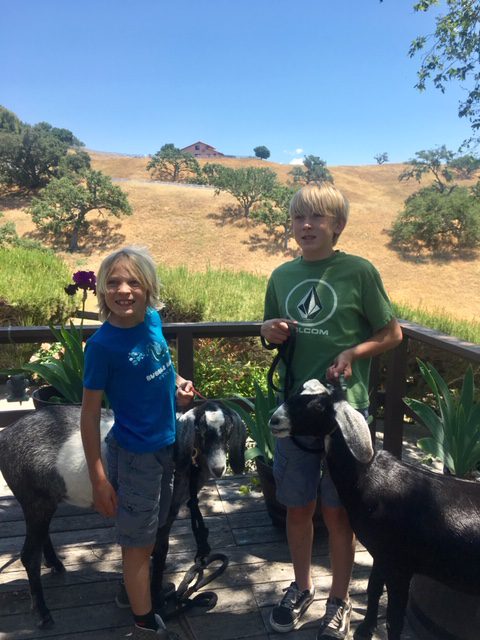By Jessica Schley
If you’ve lived in the valley long enough, chances are you’ve seen a horseback rider or two. You can often pick a horse person out of a crowd at El Rancho Market by the alfalfa hay sprinkled on their shoulders from feeding that morning or maybe by their jingling spurs.
But what is the story on the different fashions? Why do some horse people wear super-tight, high-waisted pants with tall black boots and others wear just jeans and boots with jangly spurs? Why do some of them have saddles with horns and others don’t? And what’s the deal with all the differently shaped cowboy hats?
While not exhaustive, here’s a beginner’s primer to distinguish the differences:
Western saddles are the ones with a horn. Horns simply seem like a handy thing to hang onto, but actually they were originally meant for roping and dallying cattle. Dallying means wrapping the rope several times around the horn to secure the rope once an animal has been caught.
Western riders don’t all rope, however. Western riding is actually extremely diverse: There are cutters, reiners, gymkhana, team penners, Western pleasure, competitive trail, mounted shooting, rodeo sports, Western dressage (a hybrid) and many more styles of riding.
Each style has developed its own modifications to Western saddles according to the function the saddle needs to perform, such as a thinner or thicker horn, higher cantle or pommel (the front and back of the saddle’s seat), and differently styled stirrups (the part you put your feet into).
Western saddles were developed, you guessed it, here in the West. Spanish Conquistadors during early colonialism brought their horses and equipment to the Americas and, over several centuries, horsemen here adapted their equipment and techniques to fit their own needs. Buckaroo and vaquero styles, culture and equipment have been making a major comeback of late.
As for the hats: Some are better for slicking off rain, some stay on your head better in strong winds, some are extra wide-brimmed to keep the sun off.
Each hat style developed in a different region of the West, and they even carry their own cultural significance and message. The nuances could fill a book. Also: English riders in the valley often wear vaquero style or Western-inspired hats (but they usually wear helmets while mounted). Riding is extremely multicultural!
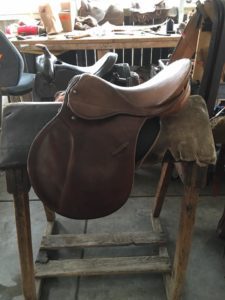
The English saddle, such as this one made by Juan Lara in Santa Ynez, doesn’t have a horn and is smaller than a Western saddle.
English saddles are the little slippery-looking ones without a horn that seem really unsecure and uncomfortable. In fact, they are actually very secure once you get the hang of them.
English riders do all kinds of sports: show jumping, polo, foxhunting, eventing, endurance, saddle seat, dressage, and many more, and each one of those sports has a customized type of English saddle with features adapted specifically for that sport, like knee rolls, thigh blocks, a deeper or shallower seat, or a shorter or longer flap.
Jumping, by the way, was modernized in Italy, but the English quickly adapted to the “forward seat” of riding and claimed credit, so that’s why there is no such thing as an Italian saddle (there are Italian saddle makers, though).
It’s the English riders of nearly all of the above disciplines who wear those tight-looking breeches and tall boots.
And finally, it’s rowelled spurs that make that well-known little jingle-jangle when a rider walks down the street. Now you know!

